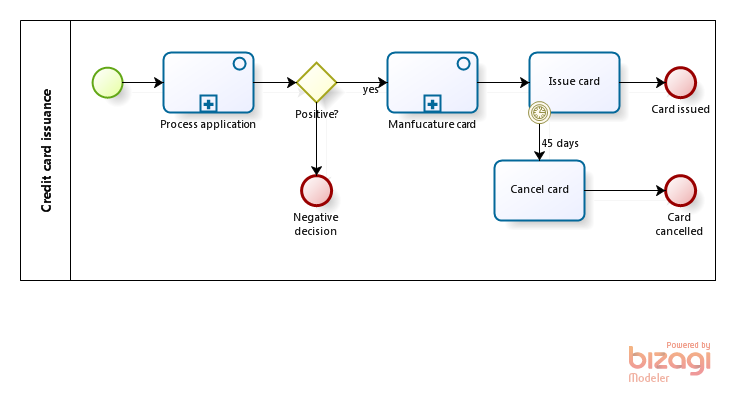It ain’t a classic blog post but rather a rolling-out story. No one knows how it will go neither who is the killer 
The reader of this blog Crisitan submitted a comment asking how to model “state machine”-like processes:
Here is my made-up story: we are trying to model and implement a computerized system for handling the lifecycle of some licence obeying the rules below.
The Ministry of Energy of some country issues licences for oil exploration and production to applying oil companies. Oil companies must get a licence before they may legally produce or explore for oil in that country. When companies get a licence from ministry, they are said to own the licence. In order to get the licence, a company must first apply for it via ministry. Any licence application gets reviewed by ministry staff and, if application is approved, it results in the issuance of the licence. A licence has an Issue Date and an Expiry Date. Every time Expiry Date is moved forward, it does so at most one year at a time, but it may be moved forward repeatedly thru the Renew Licence function of the system.
» read the rest



